Smoked BBQ Brisket Burnt Ends are a delicacy in the world of barbecue. In this dish, the fatty, point end of a whole brisket is transformed into tender, flavorful bites that melt in your mouth.
By using only the point end of a brisket, along with some essential smoking techniques, we have created an easy way to enjoy smoked BBQ brisket burnt ends. There is no need to wait hours for a whole brisket to cook when you can indulge in these irresistible burnt ends in a fraction of the time. But first, we need to understand where these delectable morsels come from.
Understanding Brisket
Before diving into the cooking process, it's important to understand the anatomy of a whole brisket. A whole packer brisket consists of two primary sections: the flat and the point. The flat is the larger muscle that makes up most of the brisket. The point of the brisket is the smaller, fattier muscle that sits on the top side of the brisket, at 90° to the flat, and is separated from the flat by a thick layer of fat. In Texas, these two muscles are almost always cooked together and served as either lean or fatty brisket.
A whole packer brisket is a very large cut of meat that needs 12 or more hours of low and slow cooking, but a brisket point cooks in less than half that time. By smoking the point end of the brisket at a low temperature, we can make the same tender, juicy meat needed for burnt ends.
For this recipe, we are using the point end of the brisket, which is known for its rich marbling and intense flavor. My local butcher provided me with 3 pounds of prime brisket point, cut into 3-inch chunks, that was perfect for making this dish.

Try my recipes for Soft and Fluffy Homemade Hamburger Buns Using the Tangzhong Method, Brined and Smoked Chicken Wings and Smoked Chocolate Chip Cookies.
Also, see my post Best Beef: A Comprehensive Guide to Popular Cuts of Steak.
Jump to:
Ingredients
- Brisket point, preferably prime grade meat
- Dry rub
- Barbecue sauce
- Hamburger buns
See printable recipe card for quantities.
Instructions
Preparing the Brisket Point
If the brisket point has a layer of fat, it needs to be removed. Using a sharp knife, trim away any excess fat from the surface of the brisket point, leaving behind just enough to add flavor and moisture during the smoking process. Be sure to remove any silver skin, or hard fat entirely.
Season the brisket point generously with a flavorful dry rub and let it come up to room temperature. My favorite dry rub for brisket is a Kansas City Barbecue Dry Rub that complements the beefy goodness of the brisket. It's a delicious combination of brown sugar, granulated sugar, paprika, seasoned salt, smoked salt, onion powder, celery salt, black pepper, chili powder, mustard powder, ground ginger, ground allspice and cayenne pepper. It's easy to make and can be stored in the pantry for up to 6 months in an airtight container.
Setup the Smoker
Setup your smoker for indirect heat at 225°F. Place a disposable pan inside the smoker and fill with about 1-inch of water to create a humid cooking environment and help prevent the brisket from drying out. See my post on Using a Water Pan in Your Smoker for the Best Results for more information.
While oak, hickory and even mesquite are popular wood options for smoking brisket, I recommend that you not use any wood chips or chunks when smoking just a brisket point. The meat will pick up enough smoky flavor from using good charcoal. When smoking small pieces of meat, a little smoke goes a long way. Too much smoke will overpower the dish. Save the wood for another day.
Smoke the Brisket Point
Once the smoker is at the desired temperature, place the seasoned brisket point on the cooking grate with the fat side up, if there is one, to allow the rendered fat to baste the meat as it cooks.
Smoke the brisket point for 3-4 hours, or until it reaches an internal temperature of around 165°F. The brisket point used in this recipe was already cut into 4-ounce pieces and cooked about 3 hours. A whole brisket point would take closer to 4 hours to cook. This low and slow cooking method ensures tender and juicy meat with a nice bark on the exterior.
Wrap the Brisket for the Stall
When the internal temperature of the meat reaches about 165°F, the brisket will enter the phase of cooking known as "the stall," and it will just hover there until some evaporation occurs. Read more about the stall in my article on How to Know When a Brisket is Done.
Remove the brisket point from the smoker and wrap it in pink butcher paper or aluminum foil. Then return it to the smoker until the internal temperature reaches 185°F.
I generally use pink or peach butcher paper whenever I cook a whole packer brisket or a whole brisket point. However, for this recipe I used aluminum foil for breaking through the stall. The reason is that the brisket point was already cut into 4-ounce cubes by the butcher. Pieces of brisket point cook faster than a whole brisket point and I didn't want the brisket to dry out. Because there was more meat surface area exposed to the hot interior of the smoker, I wrapped the pieces in foil to preserve some of the moisture. See my post on Will Pink Butcher Paper Burn in a Smoker?
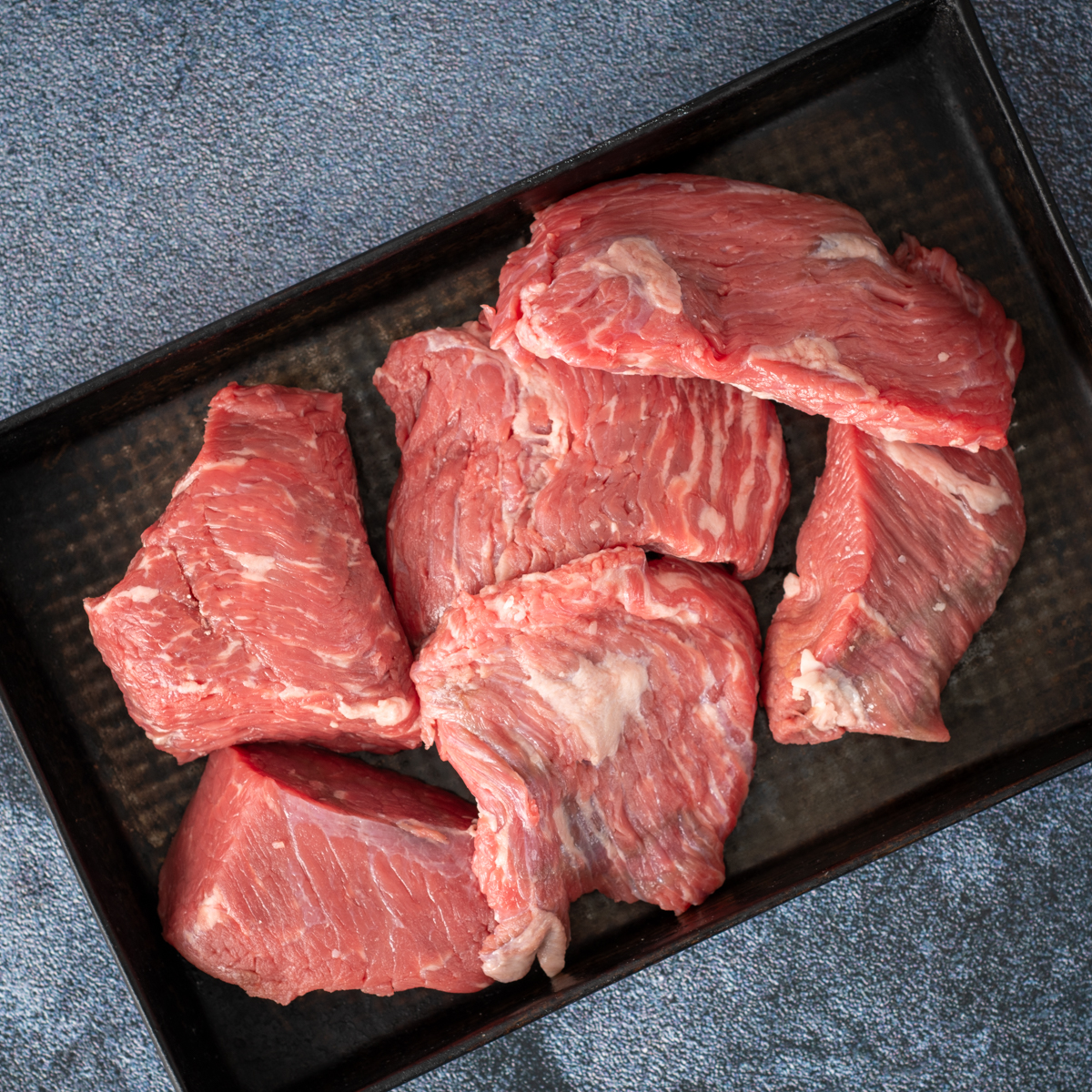
Remove any extra fat or silver skin from the brisket point.
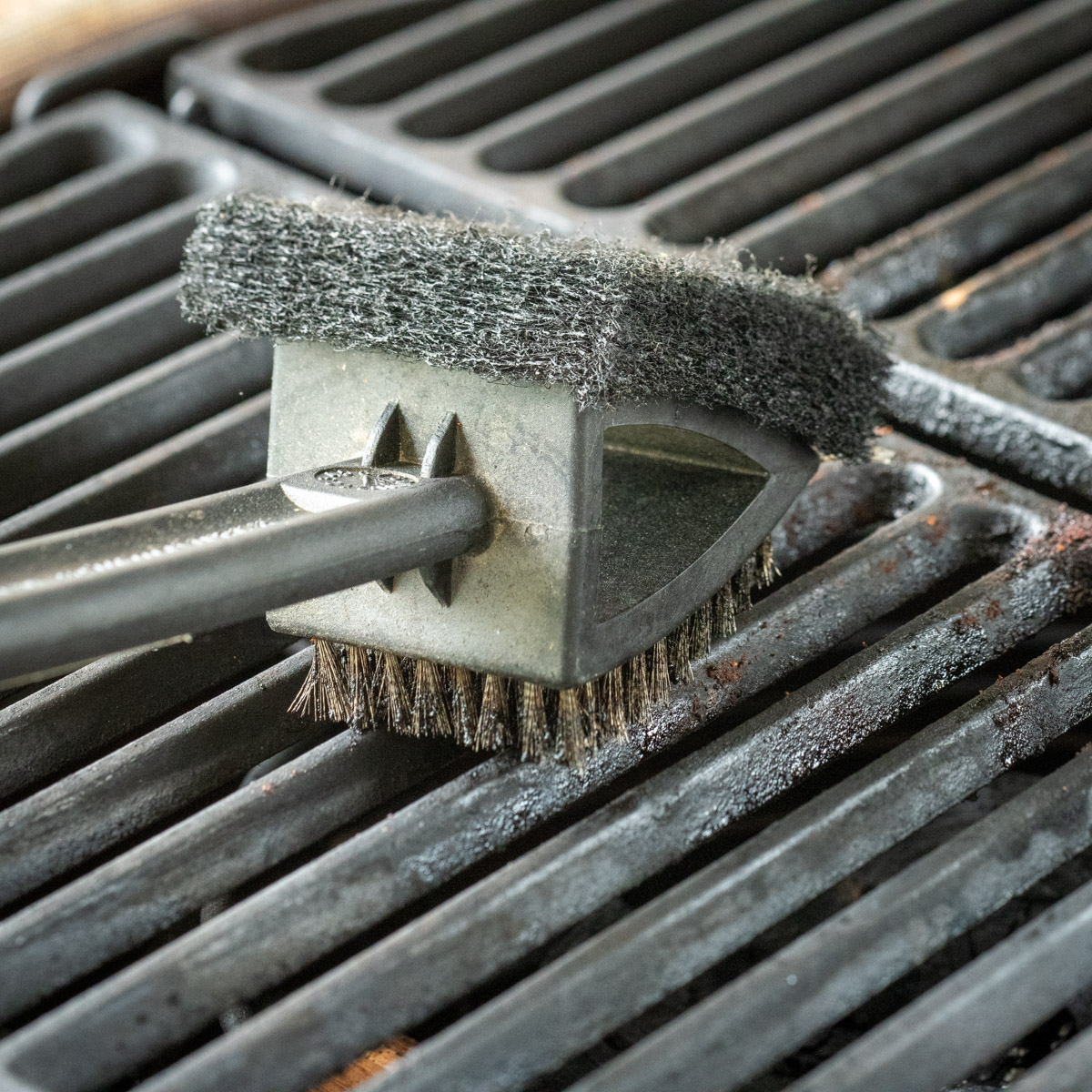
Clean the grill grate and preheat your smoker to 225°F.
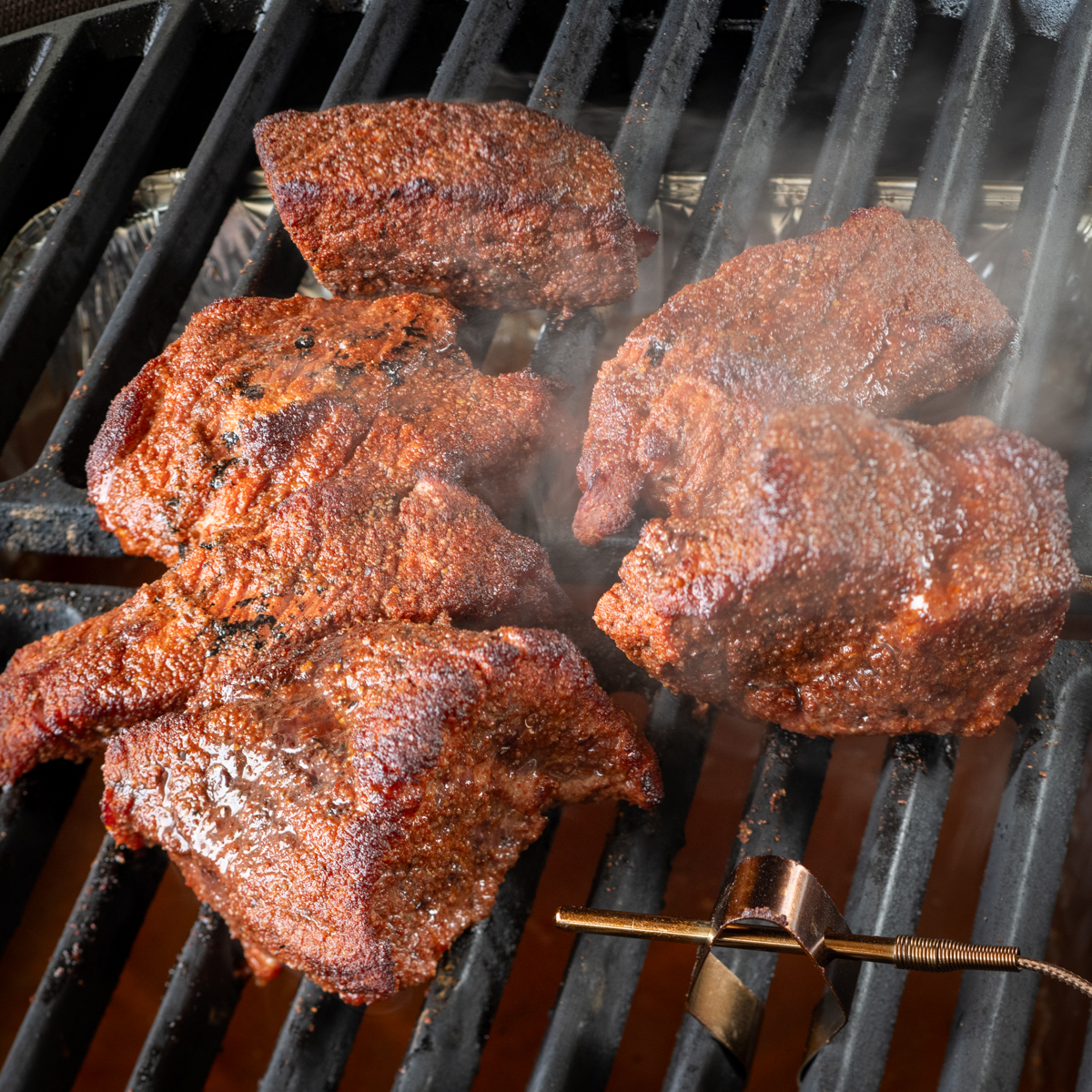
Season the brisket point on all sides with 4 tablespoons of dry rub. Smoke at 225°F until the internal temperature of the meat reaches 165°F, about 3-4 hours.
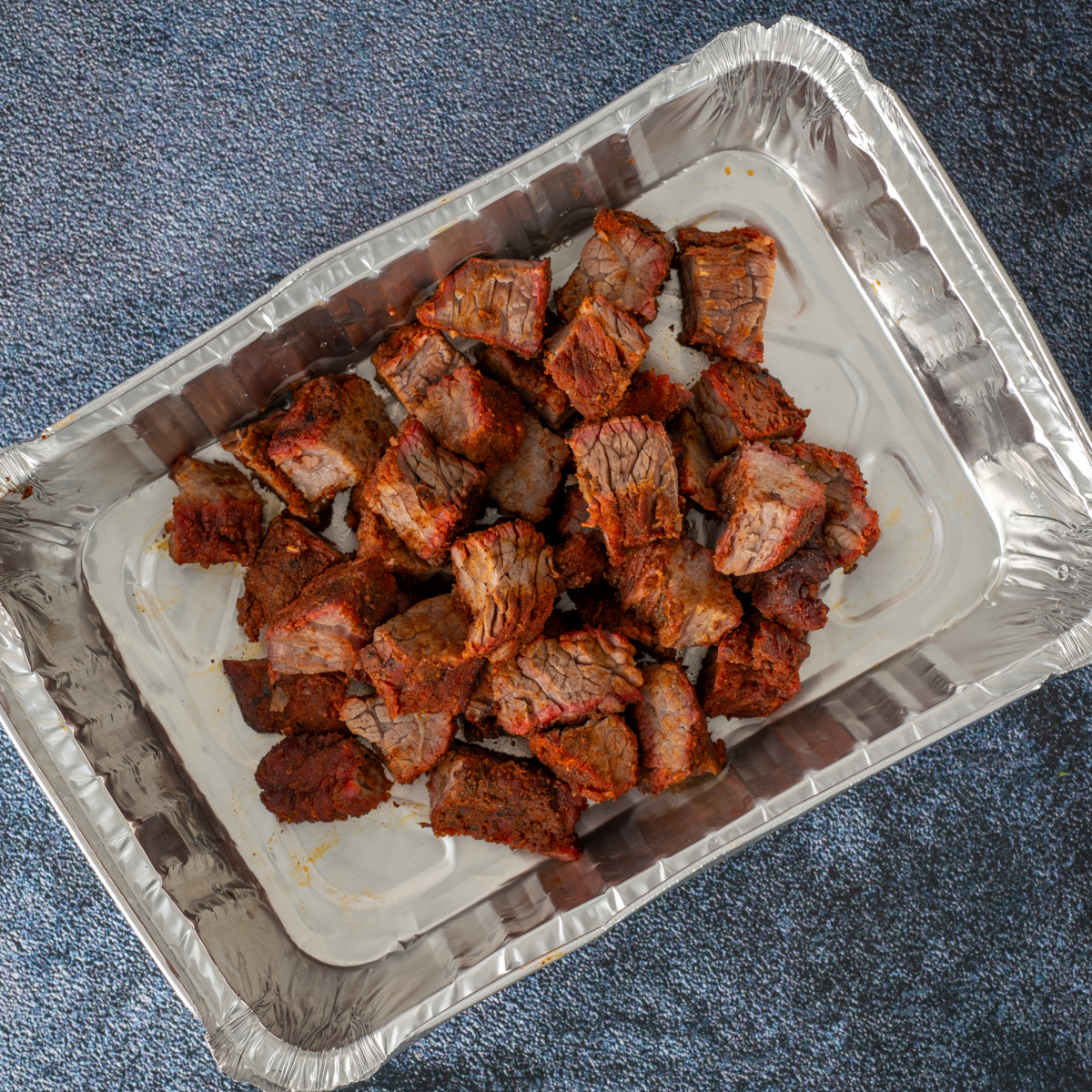
Next, cut the smoked brisket point into 1-inch cubes and place them in a disposable aluminum pan.
Transforming Brisket Into Burnt Ends
Once the brisket point reaches an internal temperature of 185°F, it's time to transform it into the BBQ delicacy known as burnt ends. Carefully remove the brisket point from the smoker and transfer it to a cutting board. Slice the smoked brisket point into 1 to 1.5-inch cubes. Arrange the brisket cubes in a single layer inside a disposable aluminum pan. The cubes of meat will be delicate and can easily fall apart, so handle the meat as little as possible.
Leave a little space between the pieces to allow for caramelization and add your favorite BBQ sauce. Gently brush each piece of brisket with sauce. Cover the pan with aluminum foil and return it to the smoker for an additional 1-2 hours, allowing the flavors to blend and the burnt ends to develop their signature sticky exterior. Check after one hour and add more BBQ sauce if necessary. The burnt ends should be moist but caramelized.

Add your favorite BBQ sauce and make sure all of the pieces are covered in sauce.
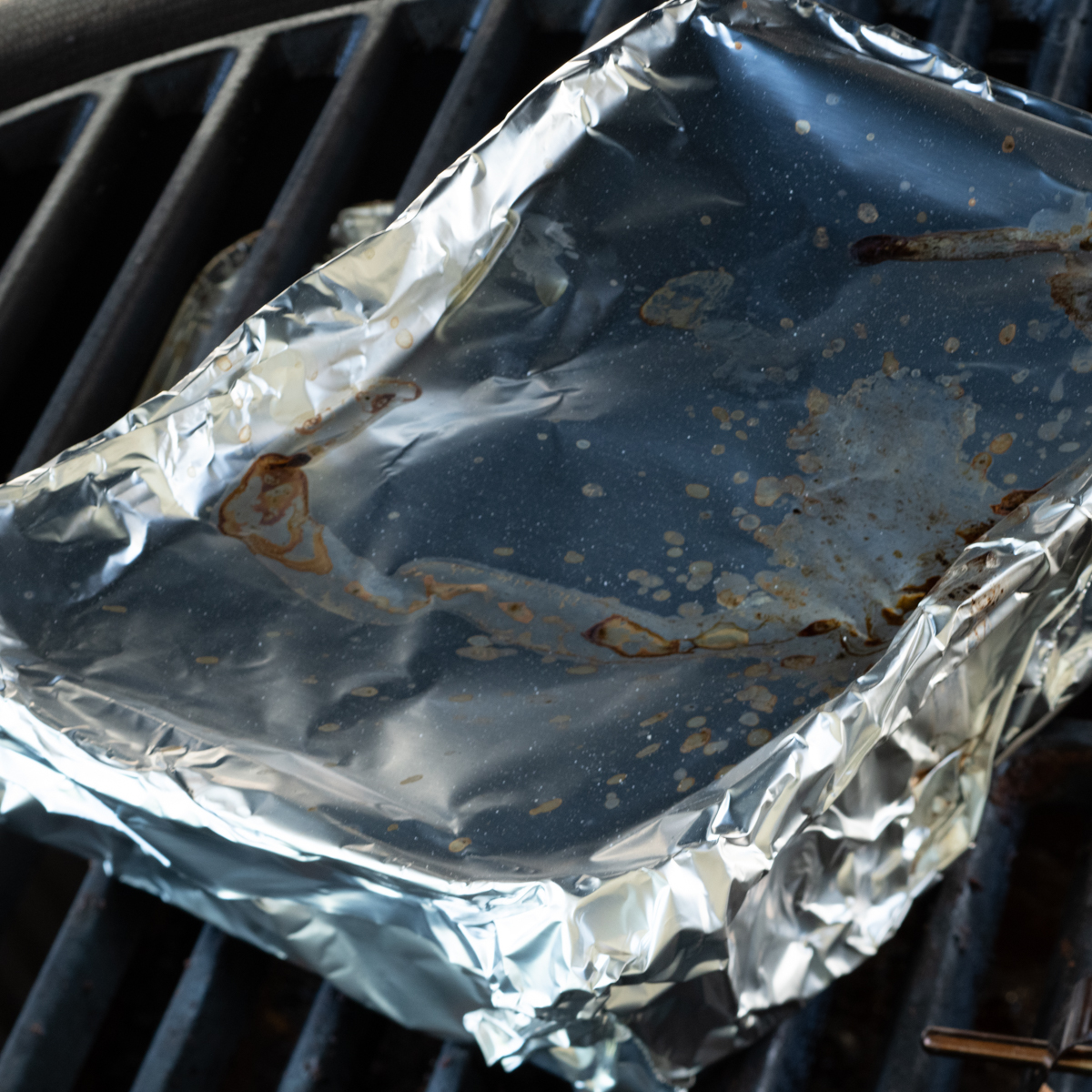
Loosely cover the pan with aluminum foil and return to the smoker and cook for another 1-2 hours. Add additional sauce after 1-hour of cooking if needed.
You will likely see a bit of melted, translucent fat accumulate in the pan. This can be easily removed by rolling up a paper towel into something resembling a stick and using the end to gently wick up the fat.
Final Touches and Serving
Remove the foil pan from the smoker and carefully remove the aluminum foil cover to reveal the burnt ends and their caramelized goodness. Allow them to rest for a few minutes. Serve the smoked BBQ brisket burnt ends as a main dish or appetizer, accompanied by your favorite BBQ sauce for dipping. For this recipe, the burnt ends were piled high on a lightly toasted homemade burger bun.

Brisket burnt ends in a bowl.

For a real treat, serve the brisket burnt ends on a fresh, homemade bun. See link above.
Variations
The brisket point used in this recipe was a prime grade brisket and it was worth the extra cost. Prime meat will have more marbling than choice meat. That means more fat running through the meat which translates into more flavor and juicier brisket.
Equipment
The burnt ends made in this recipe were made in a Kamado Joe ceramic cooker. They could have also been made in a Big Green Egg, pellet smoker, electric smoker or charcoal smoker.
Storage
Store leftover brisket burnt ends in an airtight container in the refrigerator for up to 3 days. My preferred way to store leftover burnt ends is to seal them in a vacuum sealer and freeze them for up to 6 months.
Top Tip
Be careful when cutting the smoked brisket point into 1-inch pieces and adding the sauce. The meat will be delicate and can fall apart if over-handled. You want chunks of meat, not pulled beef.
Final Thoughts
Making smoked BBQ brisket burnt ends is an easy process that requires some patience, a little skill and a love for classic barbecue. By following the steps in this easy recipe, you will be able to create tender, flavorful burnt ends that will be a hit at your next backyard cookout. This is sure to become your favorite way to create delicious brisket burnt ends. Enjoy!
Related
Looking for other recipes like this? Try these:
Pairing
These are my favorite dishes to serve with this recipe.
📖 Recipe
The Best Smoked Brisket Burnt Ends Recipe
Ingredients
Equipment
Method
- Setup smoker for indirect heat at 225°F.
- Trim excess fat from brisket point. Season all sides with dry rub.
- Place directly on the grill of your smoker and cook until the internal temperature of the meat reaches 165°F, about 2-3 hours.
- Remove the meat from the smoker and wrap in aluminum foil. Return the meat to the smoker and cook until the internal temperature of the meat reaches 185°F, about an hour.
- Remove the meat from the smoker and cut into 1-inch cubes. Place the cubes in a disposable aluminum pan and cover with BBQ sauce. Cover the pan with aluminum foil and place it back in the smoker for another 1-2 hours, or until the meat is very tender. Check after an hour and add more BBQ sauce if necessary.
- Remove the meat from the smoker and let it rest for a few minutes. Serve with your favorite side dishes. These make a great BBQ sandwich.

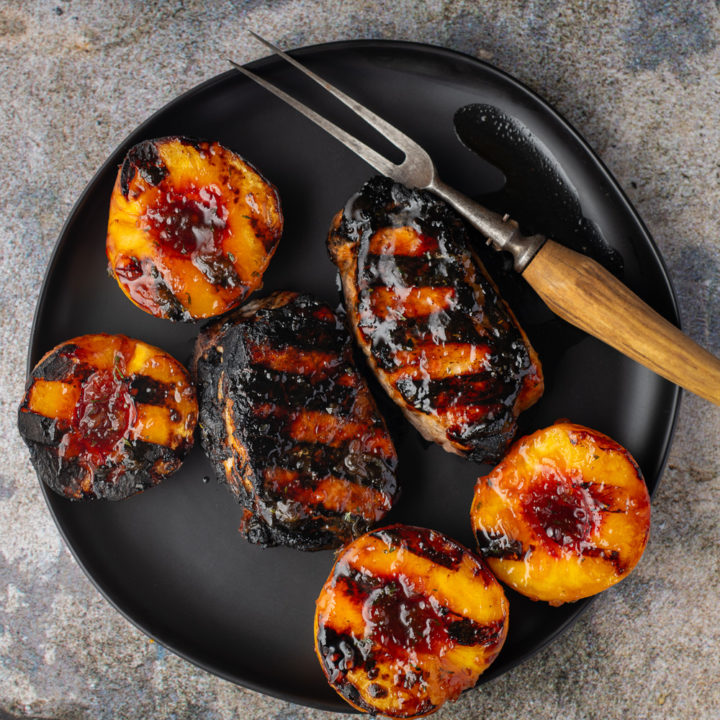
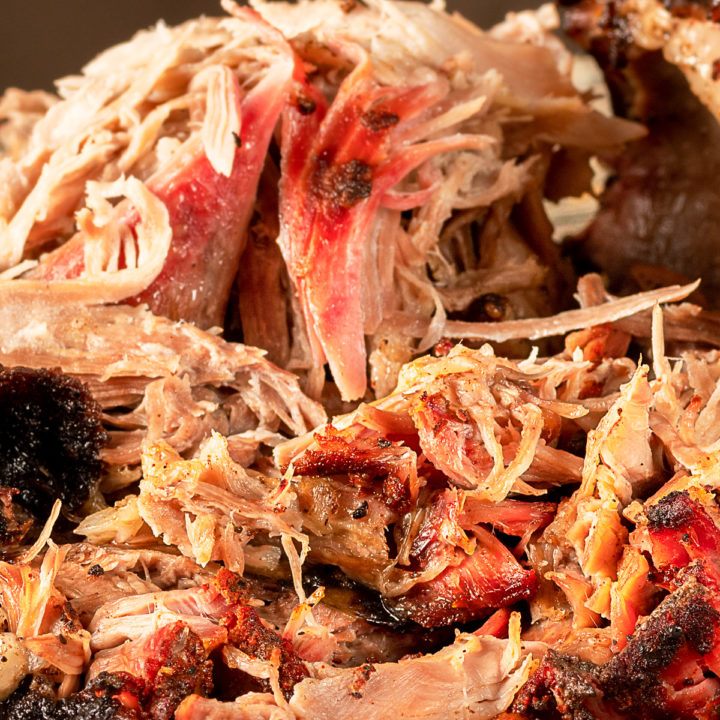


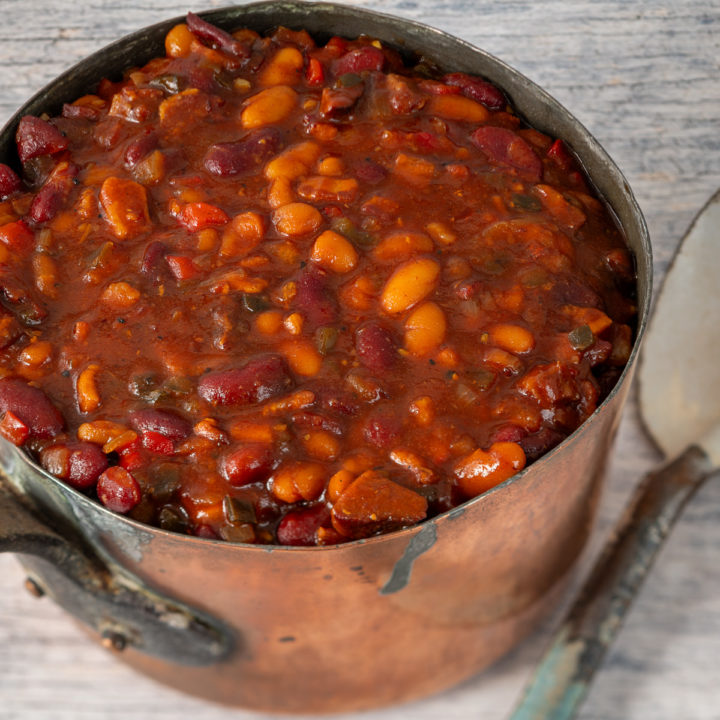
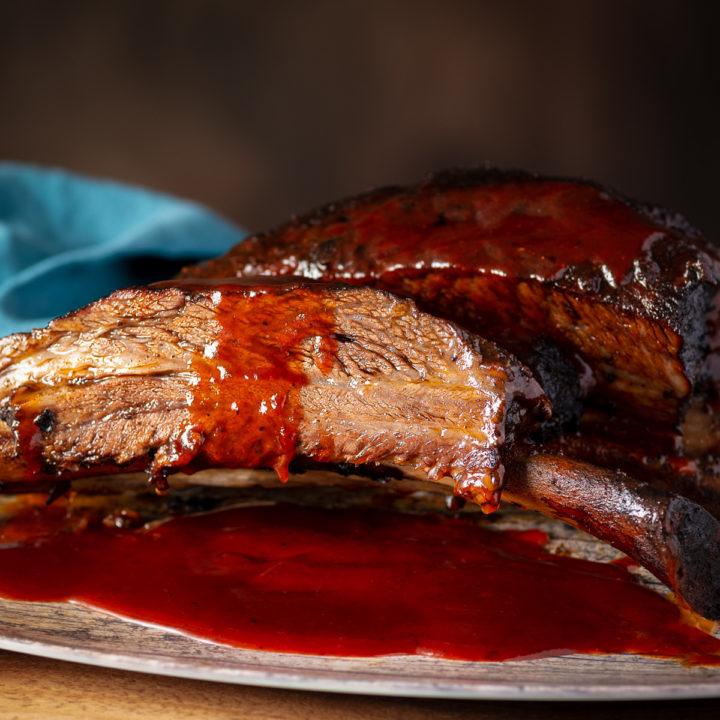
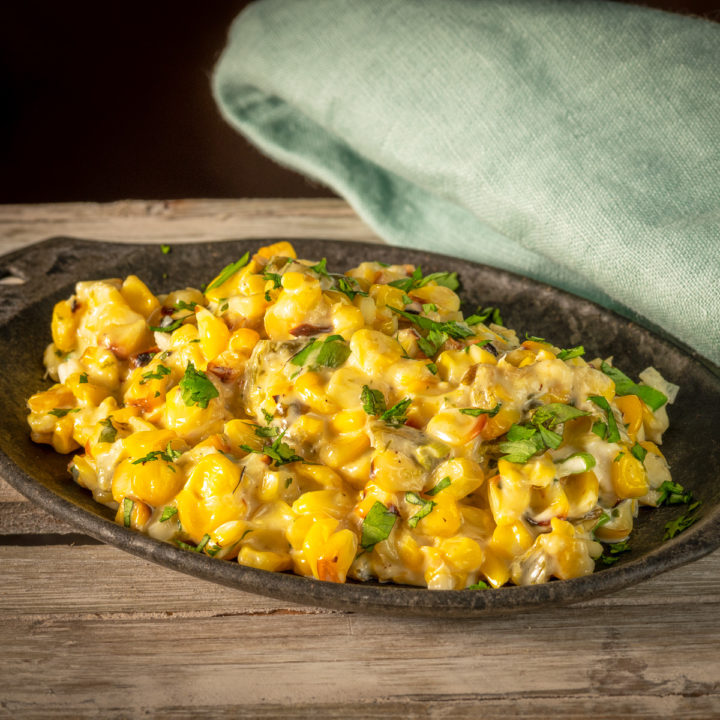
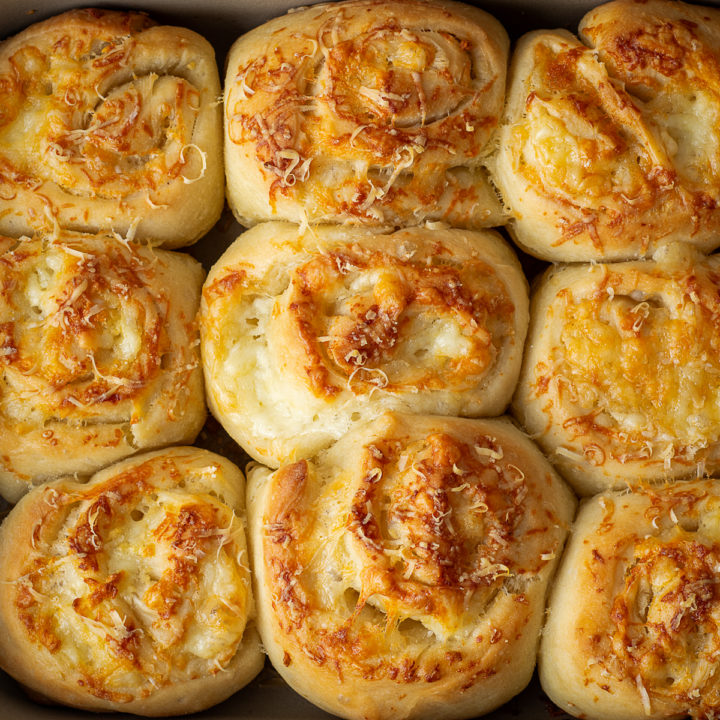
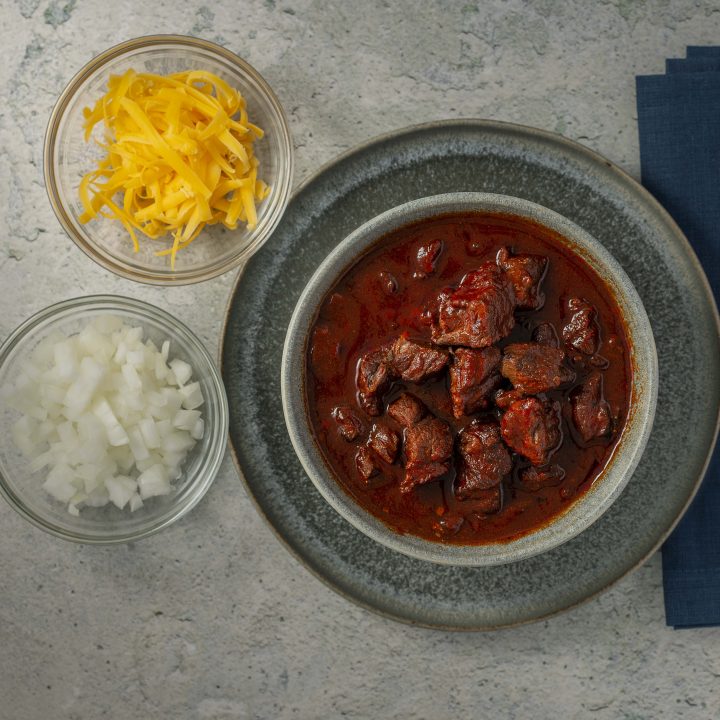
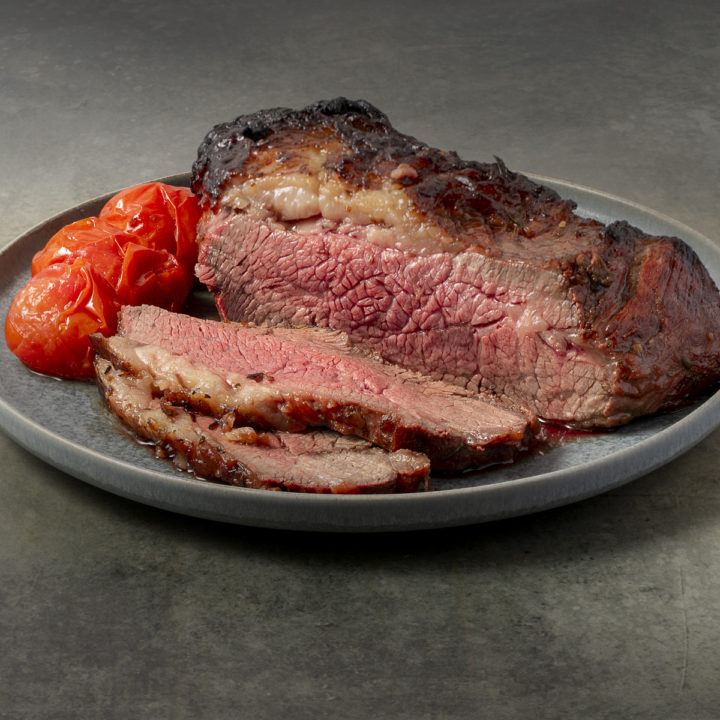
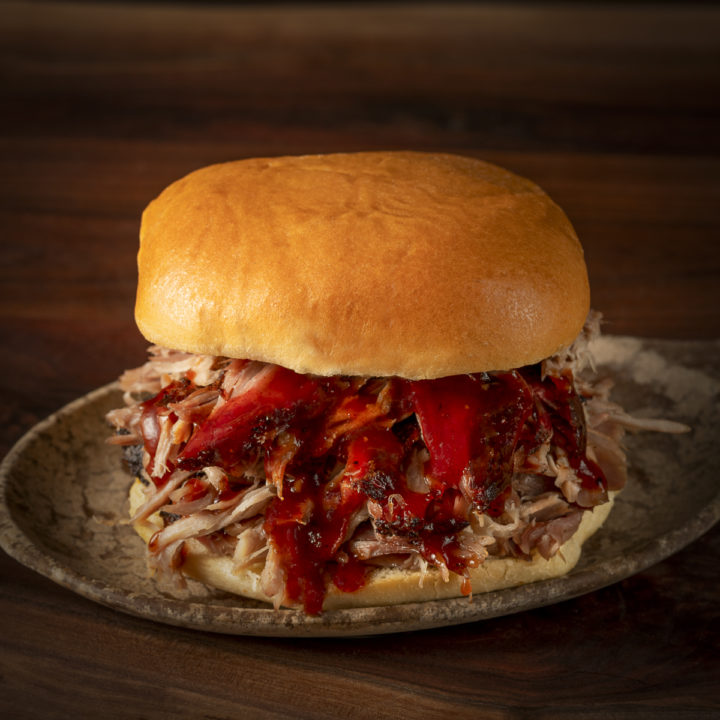
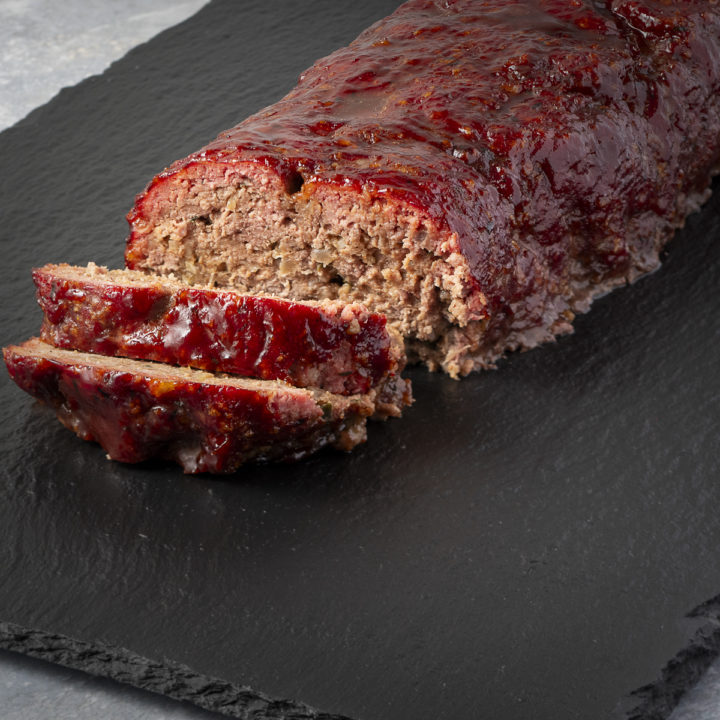
Leave a Reply